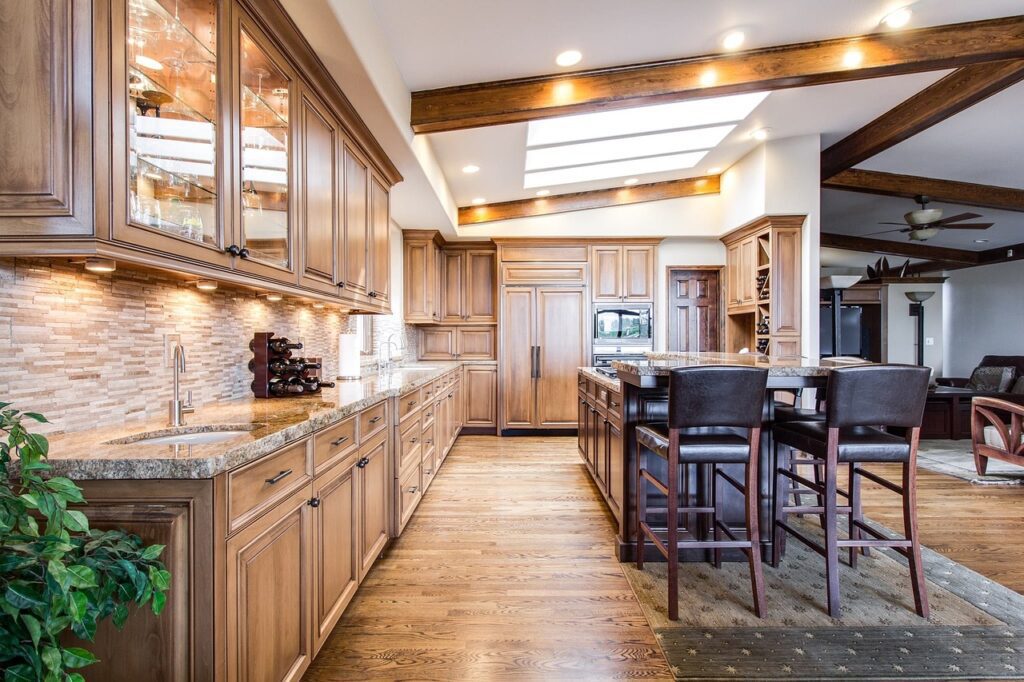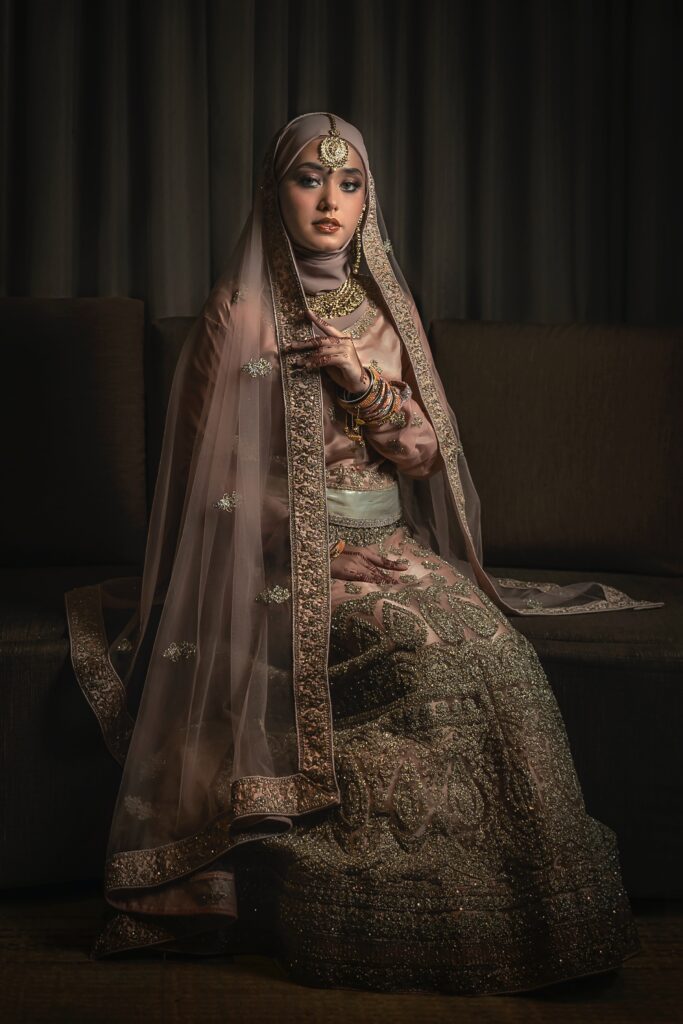Introduction:
When it comes to decorating a home, one of the most important elements is color and pattern coordination. Whether it’s through the use of furniture, textiles, or accessories, combining colors and patterns in a harmonious way can make or break the look of a room. But don’t let this intimidate you, matching colors and patterns is not as difficult as you may think. With a little bit of know-how, anyone can create a stylish and cohesive look in their home.

Understanding Colors Schemes
Understanding Color Schemes The first step in matching colors and patterns is understanding color schemes. A color scheme is a combination of colors that are used in a specific design or pattern. The most common color schemes include:
- Monochromatic: Using different shades of the same color
- Complementary: Using colors that are opposite each other on the color wheel
- Analogous: Using colors that are next to each other on the color wheel
- Triadic: Using three colors that are evenly spaced on the color wheel
When choosing a color scheme, consider the mood and atmosphere you want to create in the room. For example, monochromatic color schemes are often used to create a calming and peaceful atmosphere, while complementary color schemes can create a bold and energetic look.
Mixing Patterns With Chosen Colors Scheme
Mixing Patterns Once you have chosen a color scheme, the next step is to mix patterns. Mixing patterns can be intimidating, but there are a few simple guidelines to follow:
- Choose patterns of different scales: A large pattern, such as a floral print, can be paired with a smaller pattern, like a polka dot, for a harmonious look.
- Combine patterns with similar color schemes: Patterns with similar color schemes will work well together and create a cohesive look.
- Mix patterns with different textures: Combining patterns with different textures, such as a geometric print with a woven texture, can add depth and interest to a room.
- Creating a Focal Point In order to make a room look cohesive, it is important to create a focal point. A focal point is an area or object in the room that draws the eye and ties everything together. This could be a statement piece of furniture, a piece of art, or even a patterned rug. When creating a focal point, consider using patterns and colors that complement each other and reinforce the color scheme.
- Using Accents Accents are small touches that add a pop of color and interest to a room. Whether it’s through the use of throw pillows, curtains, or vases, accents can help tie everything together and create a cohesive look. When choosing accents, consider the color scheme and patterns already in the room. Choose accents that complement and reinforce the overall look.
- Playing with Neutral Colors Neutral colors, such as beige, white, and gray, can be a great way to anchor a room and create a calming atmosphere. Neutral colors can be used to balance bold patterns and add a sense of calm to a room. When using neutral colors, consider adding small pops of color through accents and accessories.
Conclusion:
Matching colors and patterns in a home can seem overwhelming, but with a few simple guidelines, anyone can create a stylish and cohesive look. Start by understanding color schemes, mixing patterns, creating a focal point, using accents, and playing with neutral colors. With these tips, you can transform any room into a beautiful and harmonious space.




